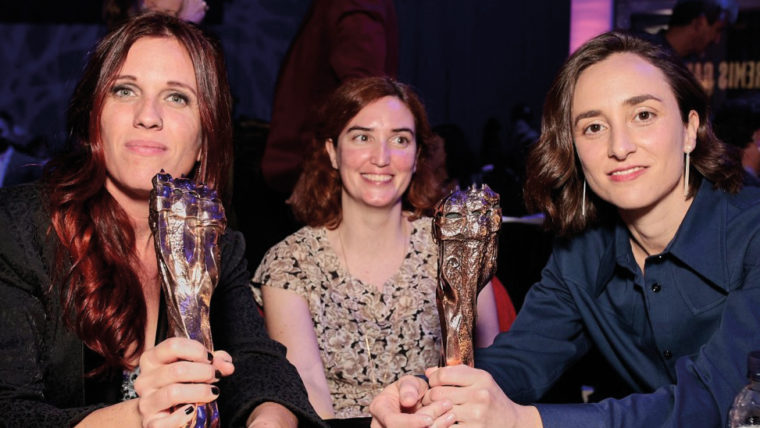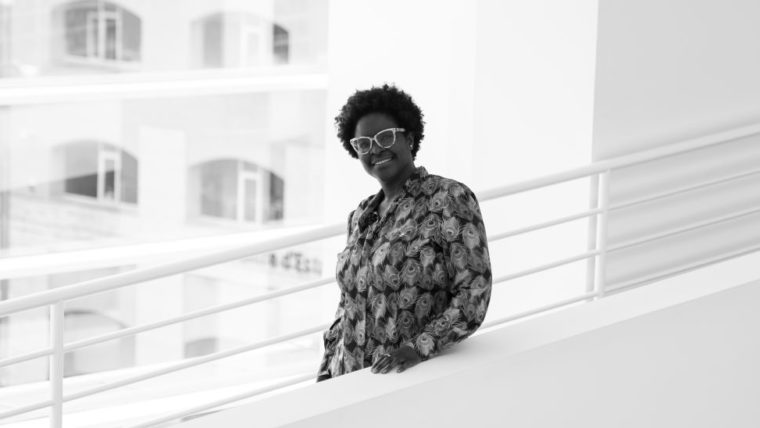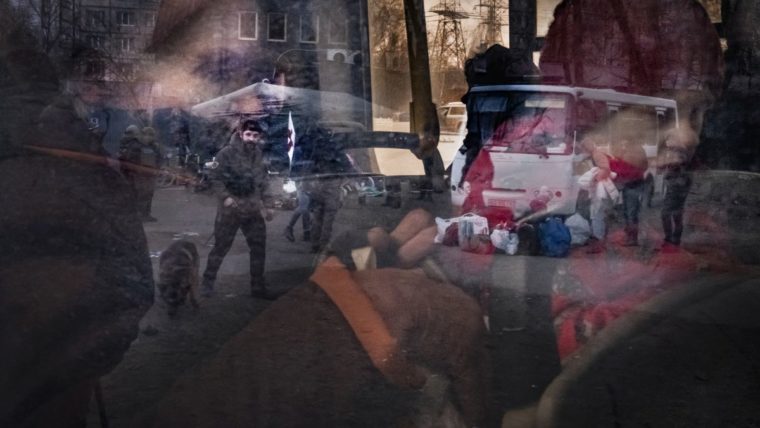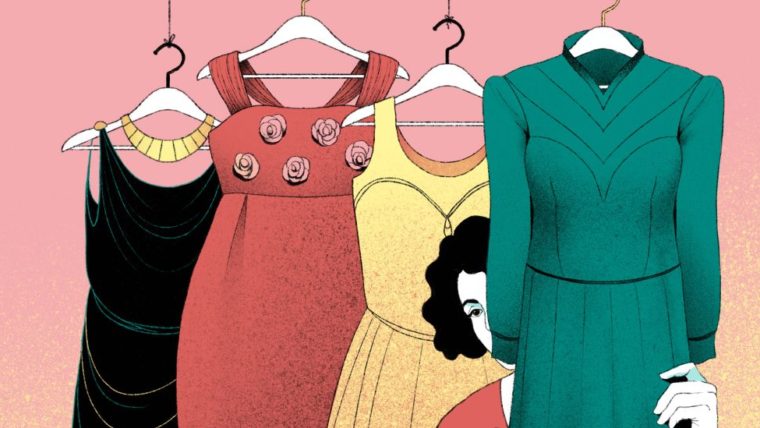Supporting people with the digitalisation process in order to narrow down the digital divide
The digital divide does not stop at internet access. In order to get the most out of technology, you need a high-speed connection, the ability to use the tools involved and the information to use it in every area of your life. The specialist contributors to the dossier in the latest issue of the magazine ‘Barcelona Metropolis’ present their proposals to overcome all aspects of the digital divide and ensure digital equity, while warning of the risks resulting from the growth in the automation of an increasing number of aspects of society.
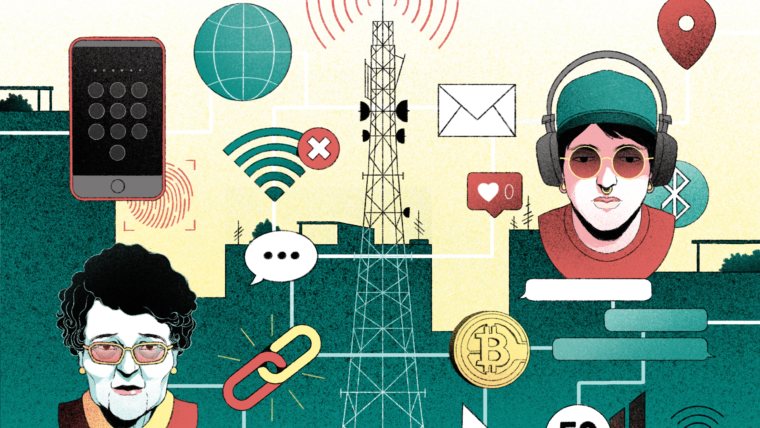
An increasing number of aspects of daily life require digital skills. We are still living in a hybrid society in which some things are done in person and some online, but we are quickly moving towards a model in which everything will involve the use of new communication technologies. What is the digital divide or digital gap? What are the gaps that need to be addressed? How can we make sure that digitalisation leaves no one behind? These are the main questions addressed by the specialists who have produced the dossier on the digital divide published under the title “Les bretxes digitals” in issue 123 of the magazine Barcelona Metròpolis and introduced by the editorial “Acompanyar la digitalizació” [“Supporting digitalisation”] by Milagros Pérez Oliva.
The dossier starts with a wish expressed by Genís Roca: “Everyone needs a high-speed connection and advanced digital skills to exercise their basic rights, such as the right to work, education, health and participation”. In addition to providing more information about the usual factors that lead to inequality (socioeconomic status, age, gender, education and environment) and new factors (teleworking, automation, digital participation and security) that are giving rise to new digital divides, Lucía Velasco notes that the challenges we must face in the future include, among others, digital disconnection and detox and interacting with humans rather than machines. Esther Paniagua analyses the “fintech” gap, the inequality in people’s access to, and ability to benefit from, digital banking and finance tools. Although the elderly are generally more affected by this, it can also affect young people who see themselves as tech-savvy but can also fall victim to fraud and scams.
We need to understand that familiarity with screens is not enough: we must overcome what Héctor Gardó has referred to as the “invisible benefit barrier”. People need digital education to enable them to make the most out of technology in every area of life – professionally, socially and personally – while using it critically in order to avoid the risks arising from it. As to education, Albert Sabater also agrees with the importance of intergenerational learning, which can help people with less digital information and training while strengthening ties between the young and the elderly, reducing barriers and breaking negative stereotypes between generations. The dossier concludes with a piece byMichael Donaldson explaining the main digital inclusion projects driven by Barcelona City Council: the role of ICT agents, the technology training available at the Cibernàrium, and the “Connectem Barcelona” pilot project being carried out in Trinitat Nova.
In addition, in ‘Barcelona Metropolis’…
One of the indicators of climate change is an increase in temperatures, which in turn increases the mortality risk of elderly and chronically ill people. Heat waves, together with urban heat islands and hot nights, are one of the most serious climate risks we will be facing in the next few decades. This is explained by Javier Martín-Vide, coordinator of the Catalonia Climate Change Expert Group, in the section Visions urbanes [Urban Visions]. The article is supplemented by Joaquin Elcacho’s report “Refugis climàtics: una resposta urbana a la crisi climàtica” [“Climate shelters: an urban response to the climate crisis”] about the shelters already in operation in Barcelona. The Barcelona en dades [Barcelona in figures] section, for its part, provides an infographic with the main figures on air pollution in the city.
In the issue’s interviews, you will learn about two women who have been pioneers in their fields. Roberta Bosco interviews Macba director Elvira Dyangani Ose, the museum’s first female director. And Núria Jar interviews the neurobiologist Mara Dierssen, one of Catalonia’s great public educators in science matters. She studies the human brain, more specifically learning, memory and what happens when these cognitive abilities are affected by mental disability. In the section En trànsit [Traffic], Roger Barres explains Bruce Katz’s approach in the article “Ciutat en xarxa i lideratge urbà enfront dels reptes globals” [“Networked cities and urban leadership in the face of global challenges”].
Women are also at the centre of the culture-related Debat [Debate] section, which bears the title “Les dones en el sector audiovisual. Flor d’un dia o tendència a l’alça?” [“Women in the audiovisual industry. A transient phenomenon or an upward trend?”] Gemma Martí Coma has gathered the opinions of nine professionals from this industry to learn more about the reasons for this phenomenon, how it has taken place and how it is likely to develop in the future. The culture section also features an article by Àngel Montañés highlighting the careers of two (contemporary) professionals of the graphic arts: Enric Tormo and Ricard Giralt Miracle.
In the piece titled “La guerra s’acosta” [“The war is getting closer”], the photojournalist Ricardo Garcia Vilanova will bring you closer to the wars being waged in Syria and Ukraine. He is the only graphic journalist who was in Syria when civil war broke out in November 2011, and he witnessed the first demonstrations against Bashar al-Assad’s regime. His aim is to make people think about the consequences of war, with a particular focus on the suffering of normal people.
The magazine concludes with the short story “Vestits Lali” by the writer Laura Gost. The illustrations for the story, the cover and the dossier in this issue of the magazine have been provided by the artist Laura Wätcher.



